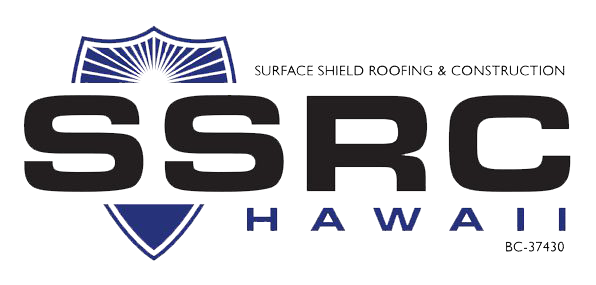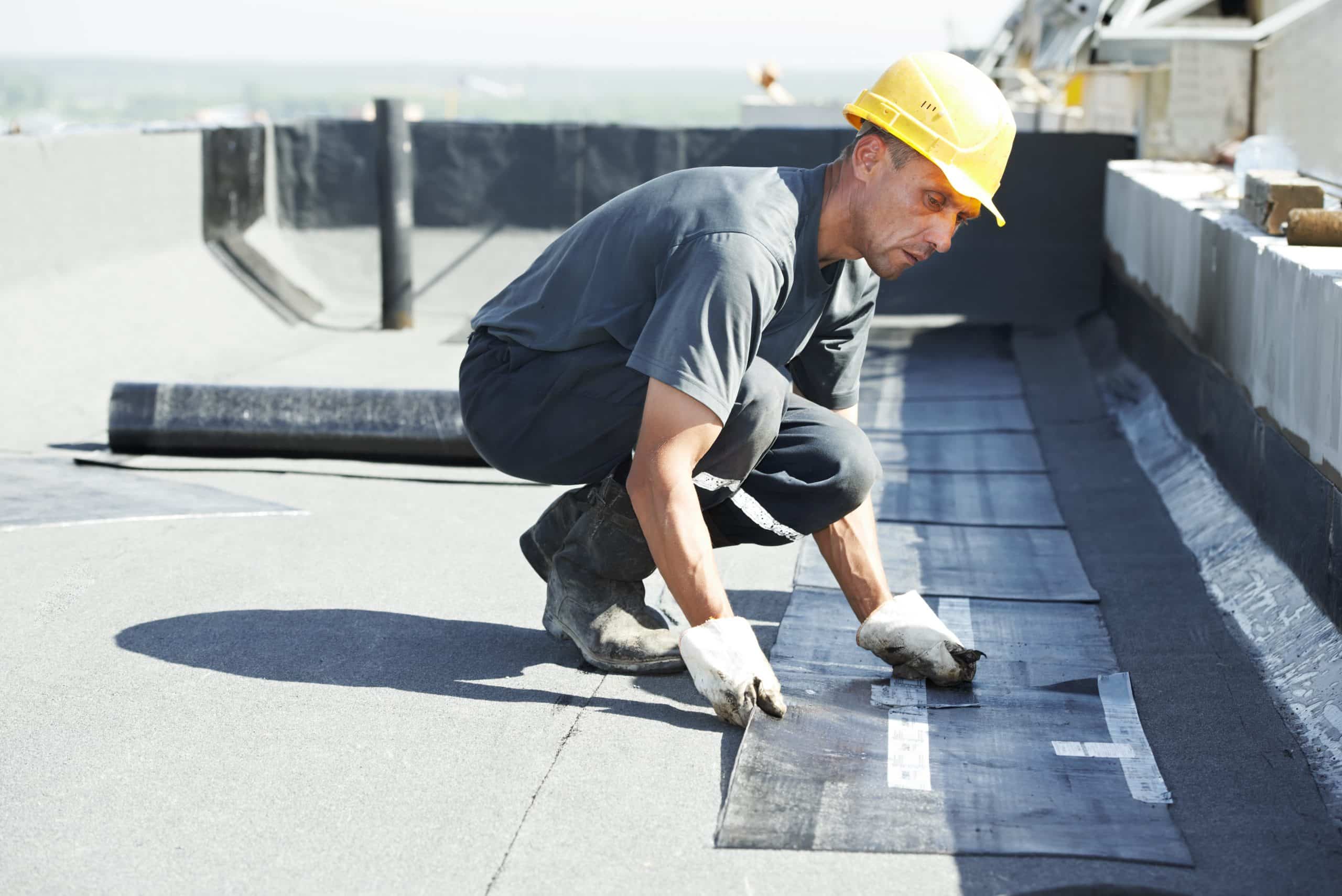Roof Repair Oahu: Quick and Affordable Roof Fixes Near You
Roof Repair Oahu: Quick and Affordable Roof Fixes Near You
Blog Article
Understanding the Different Types of Roofs: A Comprehensive Guide for Homeowners
In the realm of homeownership, selecting the suitable roof style is a choice that brings substantial implications for both performance and visual appeal. With a selection of alternatives-- ranging from the conventional gable to the contemporary level-- each kind presents special advantages and obstacles that need to straighten with the home owner's specific demands and environmental considerations. Understanding these distinctions not only aids in making an enlightened option yet also affects long-term maintenance and power effectiveness. As we explore the details of different roofing kinds, it comes to be noticeable that dimension does not fit all; the ideal option might stun you.
Gable Roofings
Gable roofs, defined by their triangular shape, are among one of the most prominent roof covering styles due to their simpleness and performance in dropping water and snow. This layout includes two sloping sides that fulfill at a ridge, permitting for effective water drainage and lessening the threat of water accumulation. The steep pitch typically related to gable roofs improves their capacity to deal with hefty rainfall, making them ideal for different climates.
In enhancement to their useful benefits, saddleback roofs supply aesthetic flexibility. They can be adjusted to different building designs, from standard to contemporary homes. The design can likewise accommodate extra features such as dormer home windows, which improve all-natural light and air flow in the attic room room.
Furthermore, gable roofs give ample space for insulation, adding to energy effectiveness. Property owners can select from a range of roofing products, including asphalt tiles, metal, and ceramic tiles, even more boosting customization alternatives.
In spite of their benefits, saddleback roofs might require additional assistance in locations prone to high winds or hefty snowfall. Generally, the saddleback roof stays a popular option as a result of its mix of functionality, toughness, and aesthetic allure.
Apartment Roofs
Flat roof coverings are usually recognized for their minimalist style and practical applications, especially in business and industrial settings (oahu roofing). These roof coverings feature a virtually horizontal or straight surface, which enables very easy construction and flexible space utilization. While they might lack the aesthetic charm of pitched roofings, flat roofs provide numerous benefits, specifically in metropolitan environments where optimizing area is important
One of the primary benefits of level roofing systems is their availability. House owners can make use of the roof covering space for various objectives, such as rooftop yards, balconies, or solar panel installments. Additionally, level roofs are commonly extra economical to keep and install compared to their sloped equivalents, as they call for fewer materials and labor.
Usual products used for level roofing systems consist of built-up roof (BUR), changed asphalt, and single-ply membranes, each offering distinctive benefits. In general, flat roofings serve as a practical and adaptable option for numerous home owners and businesses alike.
Hip Roofs
Hip roofing systems are defined by their sloped sides that assemble on top, forming a ridge. This design is distinct from saddleback roofs, as all four sides of a hip roofing slope downwards towards the wall surfaces, offering a much more secure structure. The angle of the slopes can differ, enabling for convenience in architectural aesthetics and capability.
Among the primary benefits of hip roofing systems is their ability to hold up against hefty winds and unfavorable weather. The sloped about his surface areas enable far better water drainage, lowering the danger of leaks and water damage. Additionally, hip roofings provide raised attic room space, which can be used for storage or also transformed right into comfortable areas.
However, building a hip roofing can be more pricey and intricate than simpler roof types, such as saddleback roofs. The additional material and labor entailed in developing the inclines and ensuring proper structural stability can cause higher expenses. Regardless of these disadvantages, lots of homeowners favor hip roofs for their toughness, visual charm, and potential for energy performance.
Mansard Roofs
Mansard roofings, usually acknowledged by their special four-sided style, feature 2 inclines on each side, with the reduced incline being steeper than the top. This building style, stemming from France in the 17th century, is not just cosmetically attractive but functional, as it makes best use of the usable room in the upper floorings of a building. The steep reduced slope enables even more clearance, making it an optimal choice for loft spaces or attics, which can be exchanged living areas.
Mansard roofs are identified by their versatility, fitting different building designs, from typical to contemporary. They can be built with various products, including asphalt shingles, slate, or steel, giving property owners with a series of options to match their choices and spending plans. Furthermore, the style enables the integration of dormer windows, improving all-natural light and air flow in the top degrees.
However, it is important to take into consideration the prospective disadvantages. Mansard roof coverings might require even more upkeep as a result of the complexity of their layout, and their high slopes can be testing for snow and rain drainage. In general, mansard roof coverings incorporate elegance with functionality, making them a prominent selection amongst home owners looking for unique building functions.
Dropped Roofing Systems
As home owners increasingly look for simpleness and performance in their architectural designs, dropped roofing systems have actually become a popular choice. Characterized by a solitary sloping plane, a shed roof provides a minimal aesthetic that complements different home designs, from modern to rustic.
One of the main advantages of a shed roof covering is its uncomplicated building, which commonly translates to reduce labor and product costs. This layout enables for efficient water drain, reducing the risk of leakages and water damages. Additionally, the upright slope provides sufficient room for skylights, improving all-natural light within the interior.
Lost roofings additionally offer convenience in regards to use. They can be effectively integrated right into additions, garages, or outside structures like sheds and pavilions. In addition, this roof design can suit various roof materials, including metal, asphalt roof shingles, and even green roofing systems, aligning with eco-friendly campaigns.
However, it is important to take into consideration regional environment conditions, as heavy snow lots might require modifications to the roof see covering's angle or framework. Generally, shed roof coverings present a useful and visually pleasing option for house owners looking to make best use of functionality without jeopardizing design.
Conclusion


Gable roofing systems, characterized by their triangular form, are among the most popular roof covering designs due to their simplicity and effectiveness in shedding water and snow. oahu roofing. The steep pitch typically associated with gable roofing systems enhances their capacity to manage hefty rainfall, making them ideal for numerous environments
While they might do not have the visual appeal of pitched roofing systems, flat roofing systems use many advantages, especially in metropolitan settings where making the most of area is crucial.

Report this page